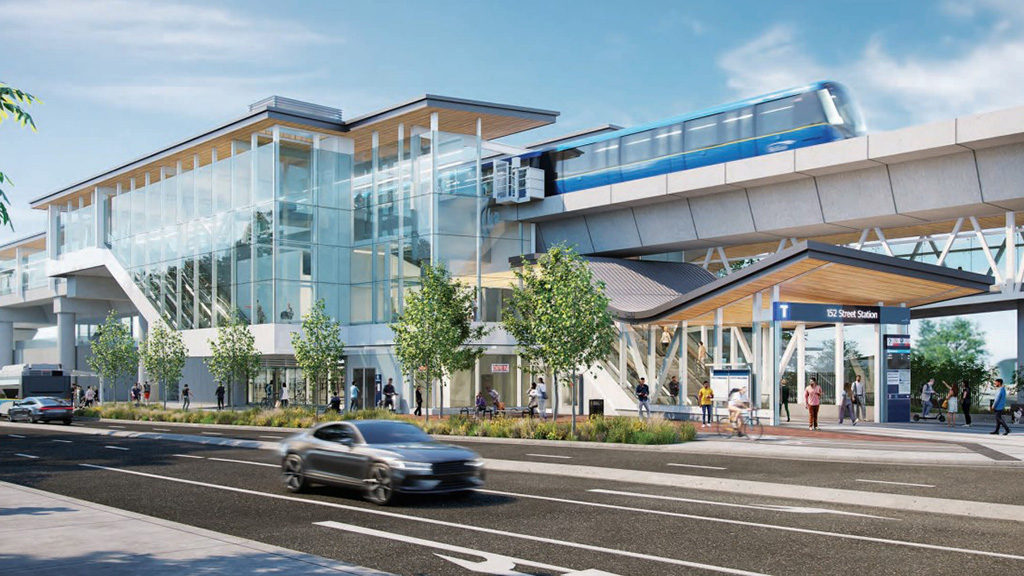B.C. has seen strong construction investment numbers over the years, but now BuildForce Canada’s 2025–2034 Construction and Maintenance Looking Forward report is forecasting more moderate growth.
Last year, the sector experienced a modest contraction with some growth in residential, driven by demand for residential renovations. But it wasn’t enough to offset a decline on several major projects on the non-residential side.
“Although housing starts in the province are generally expected to trend downward across the forecast period as population growth slows and as housing affordability and land limitations influence growth, activity in the sector will be driven by strong growth in demand for residential renovations, which is projected to rise sharply across the forecast period,” the report notes.
Activity is anticipated to ebb and flow for non-residential in the short-term, with high levels of ICI construction and with the timing of work on major engineering construction projects. Growth moderates into 2031 as projects pass peak periods and end.
As a result of these trends, residential employment levels will go almost unchanged from 2024 levels by 2034, while non-residential levels increase by 10 per cent over the decade.
“Although construction activity over the entire decade is projected to increase only modestly, a closer look at the data tells a different story,” says Bill Ferreira, executive director of BuildForce Canada. “Non-residential construction activity is projected to rise to a peak in 2027 as work is underway on several major engineering-construction projects and is sustained at an elevated level among ICI buildings construction. These trends could create significant pressures among critical trades and occupations.”
BuildForce explains the province has two sub-markets that need to be delved into in order to paint a more detailed picture of market conditions.
LOWER MAINLAND
The Lower Mainland includes Greater Vancouver, Fraser Valley, the Sunshine Coast, Squamish and Lillooet and accounts for approximately 57 per cent of the province’s construction employment. BuildForce reports the region had a small overall gain in activity in 2024 as growth in the non-residential sector offset a slight decline in the residential sector.
Employment in both is expected to diverge across the forecast period. Residential employment is projected to contract by 11 per cent compared to 2024 levels, with losses exclusive to new-housing construction. Employment in the non-residential sector, however, ends the decade six per cent above 2024 levels, supported by a large volume of major projects.
VANCOUVER ISLAND
Vancouver Island includes the Capital Region, Cowichan Valley, Nanaimo, Alberni-Clayoquot, Strathcona, Comox Valley, Powell River, Mount Waddington and the Central Coast. In 2024 there was a slight contraction and although activity in the non-residential sector was elevated, the increase was not enough to offset a decline in residential activity.
Construction employment in the region is expected to increase across the forecast period, with growth exclusive to the non-residential component (nine per cent). Employment in the residential sector is virtually unchanged.
Overall, the B.C. industry will need to recruit 60,100 additional workers over the forecast period to keep pace with expansion and replacement demands. Of those, 43,800 workers are expected to retire during this period.
By 2034, the industry could face a deficit of 22,700 workers unless anticipated recruitment is increased.
It should be noted the investment trends and employment projections by BuildForce were developed with industry input prior to the emergence of potential trade tensions between Canada and the United States.
The forecast does not take into account the possible impacts of tariffs.




Recent Comments